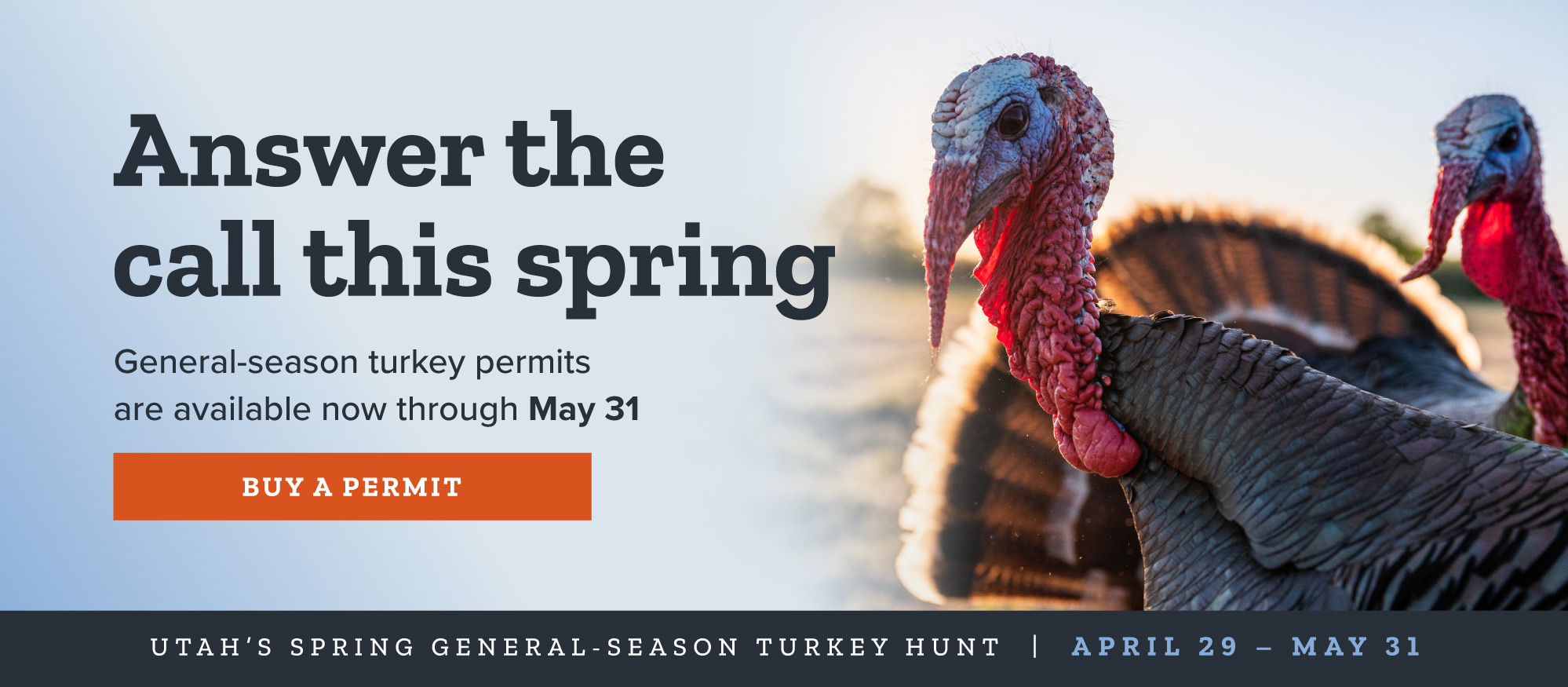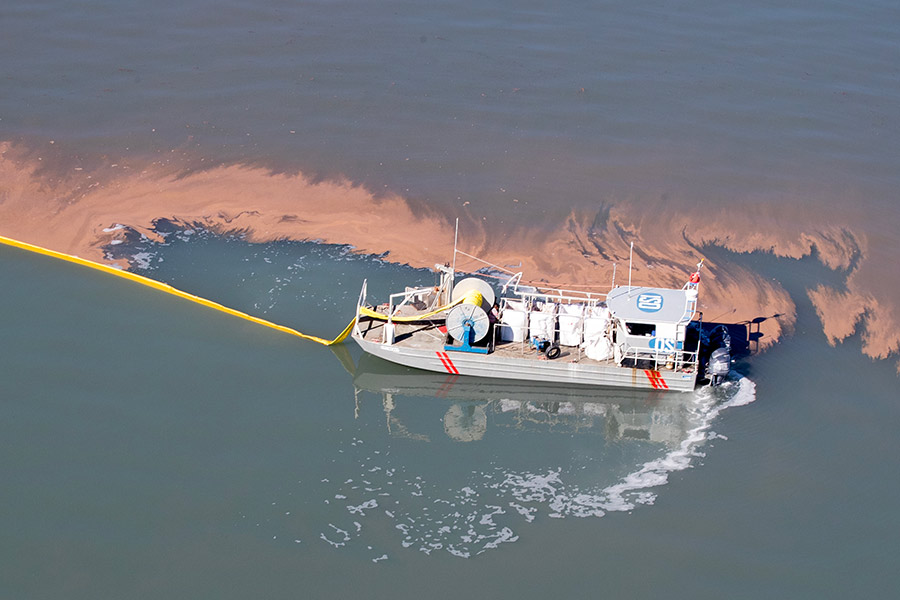Modifications to Great Salt Lake causeway berm benefiting brine shrimp
Salt Lake City — Last year, the Utah Division of Forestry, Fire and State Lands — in partnership with the Utah Division of Water Resources and Union Pacific Railroad — modified the causeway berm that separates the northern and southern areas of the Great Salt Lake in an effort to address salinity issues, and the change is already benefiting the lake's brine shrimp.
The Utah Division of Wildlife Resources manages the brine shrimp and the harvest of their eggs (called cysts) in the Great Salt Lake to help balance a unique ecosystem. Brine shrimp are small crustaceans that inhabit salty waters around the world, both inland and on the coast. Ranging from a third- to half-inch in size, these shrimp are much smaller than the ones you eat.
The brine shrimp cysts not only provide an important food source for migratory birds, but they are also commercially harvested by private organizations and used as food for fish and commercially grown shrimp. The brine shrimp season begins Oct. 1 and typically runs until Jan. 31 each year, except when the dates are extended or shortened for management purposes.
Due to the ongoing drought and less water entering the Great Salt Lake in recent years, the salinity levels in both arms of the Great Salt Lake had increased. (There was a breach in the causeway that created a channel connecting the two sides.)
The high salinity levels were impacting the brine shrimp in the Great Salt Lake. An average harvest for the past decade has been an annual harvest of 25 million to 35 million raw pounds of cysts. During the 2022–23 harvest season, roughly 19 million pounds of cysts were harvested.
After the berm was raised, roughly 29 million pounds of cysts were harvested this past season.
"We thank our sister agencies and other partners for taking quick action to address salinity issues," Great Salt Lake Ecosystem Program Manager John Luft said. "It allowed the brine shrimp to quickly rebound, and hatch rates were around 90% this year, as opposed to 60% last year when the salinity levels were higher. The greater-than-90% hatch rates are what give the Great Salt Lake brine shrimp cysts their reputation for being some of the highest quality cysts in the world."
Why keeping healthy levels of brine shrimp is so important
The DWR takes an active management role in the brine shrimp harvests to closely regulate and monitor cyst collection so it remains sustainable.
"It's a tricky balance because the adult shrimp typically freeze and die each December, while the cysts will survive and hatch in March," Luft said. "When the cysts hatch, they survive by eating the algae in the lake, which is also what the juvenile and adult brine shrimp eat. However, if there are too many cysts that hatch, they eat all the algae and run out of food before they reach adulthood, which is when they produce more cysts. So we have to manage the harvest to fit that balance, which is about 21–27 cysts per liter of water. Once it reaches that threshold, we either close the harvest for the year or we extend it if enough cysts haven't been harvested. You can overharvest them, but you can also underharvest them, which is why it's a delicate balance that requires a lot of monitoring."
Each week during the harvest season, DWR biologists go out on the Great Salt Lake and pull nets at varying depths from 17 different areas to assess brine shrimp populations throughout the lake. Those samples are taken to a research lab, where the biologists count how many brine shrimp there are in each water sample, and also note the life stages of the shrimp. That helps the biologists monitor ongoing population levels so that too many cysts aren't harvested from the lake.
"The companies that harvest the brine shrimp have always been very compliant and responsible in making sure this valuable resource and the unique Great Salt Lake ecosystem remain in balance," Luft said. "We greatly appreciate their cooperation and their role in helping us manage the delicate balance in this important habitat. This is one of the most successful examples of cooperation between industry and conservation."
DWR conservation officers patrol the lake by boat during the season to check permits and harvest totals of the companies gathering brine shrimp cysts. DWR officials also fly a plane over the Great Salt Lake a few times a week during the season to help monitor the brine shrimp harvesting efforts. The cysts collect together on the surface of the water and look like large, gold-colored oil slicks.
"That allows us to easily document where the harvest is happening on the lake, and also to research where the birds are located on the lake in relation to the cysts," Luft said. "We do a lot of research on the relationship between the birds and brine shrimp."
The Great Salt Lake and its associated wetlands provide an invaluable food source to around 10 million migratory birds, including about 330 different species. A variety of these birds feed on the brine shrimp, either exclusively or opportunistically, to fuel their long migrations. The Great Salt Lake gets the largest percentage of the world's population of eared grebes feeding during their migration. Between 2 million and 5 million eared grebes have been documented using the Great Salt Lake as a stopover spot during their migration each year, arriving between July and September.
"The birds molt while they are here in the fall, which means they are flightless and completely dependent on the brine shrimp for food," Luft said. "They will eat between 25,000 to 30,000 brine shrimp a day. Then, they migrate farther south around December, eating the brine shrimp before the shrimp freeze and die. It would be very harmful for the eared grebe populations if the brine shrimp weren't being harvested. There would be peaks and valleys in the brine shrimp population, causing the eared grebes to starve during some of the leaner brine shrimp years. We rely on the brine shrimp industry to reduce the amount of fluctuation in the brine shrimp populations, creating a more consistent food source for the birds."
The brine shrimp companies are required to obtain a Certificate of Registration from the DWR in order to harvest the cysts. The Certificate of Registration fees go toward funding research at the Great Salt Lake, and a portion of the royalty tax on the brine shrimp cyst harvest goes toward the Endangered Species Mitigation Fund, which helps with wildlife conservation.
















